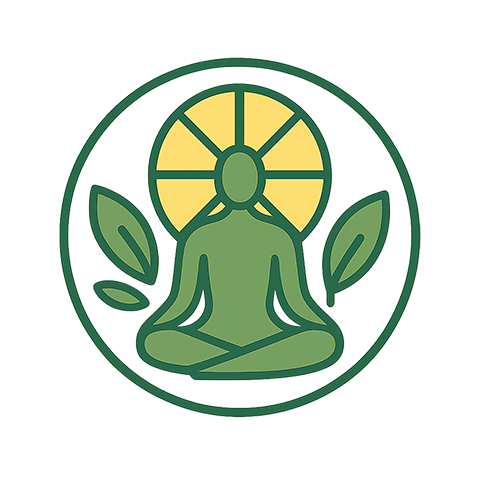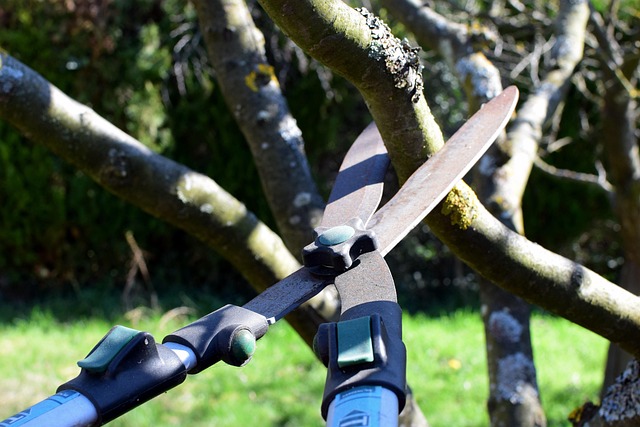Fresh Air Digital Detox Tech vs Human Balance
When the hum of a phone, the glow of a screen, and the constant ping of notifications have become part of everyday life, the simple act of breathing in fresh air feels almost rebellious. In an age where our devices are designed to keep us connected at all times, stepping back from the digital world can be a radical way to reset our minds, bodies, and relationships.
The Allure of Technology
Modern technology promises convenience, instant communication, and access to an endless stream of information. From smartwatches that track heart rate to virtual assistants that schedule appointments, every gadget is engineered to make life easier. Yet, the very features that make these devices appealing can also erode our attention spans, disrupt sleep, and foster a constant sense of urgency.
- 24/7 Connectivity: The internet turns the world into a never‑ending conversation, often at the cost of deep, uninterrupted thought.
- Information Overload: The sheer volume of news, memes, and data can overwhelm the brain, leading to decision fatigue.
- Social Pressure: Algorithms that reward engagement can create comparison loops and anxiety.
Digital Detox: A Reclamation of Presence
A digital detox is more than a temporary break from devices; it is an intentional effort to reorient one’s life around human experiences, nature, and self‑reflection. The core idea is simple: when you pause the digital stream, you create space for fresh air to enter both literally and metaphorically.
“When you stop scrolling, you start listening.”
The Science Behind Breathing Fresh Air
Breathing in clean, fresh air has demonstrable benefits for both mental and physical health. Oxygen is the key fuel for our brain, and a higher concentration of oxygen in the blood can improve cognitive function, reduce stress, and enhance mood. Moreover, exposure to outdoor environments triggers the release of endorphins, the body’s natural feel‑good chemicals.
Studies show that even short walks in parks can lower cortisol levels, the hormone associated with stress. Over time, regular exposure to fresh air and natural light has been linked to better sleep quality, stronger immune response, and increased creativity.
Practical Steps to Incorporate Fresh Air
Reintroducing fresh air into daily routines doesn’t require a complete lifestyle overhaul. Small, intentional changes can make a significant difference.
- Start the day with a 10‑minute walk outside before checking your phone.
- Set a “phone‑free” hour each evening to read a book or simply breathe.
- Keep windows open in your workspace to allow natural light and air to circulate.
- Use breathing exercises during breaks to anchor yourself back to the present moment.
Technology vs. Human Connection
While technology can facilitate connections across vast distances, it often does so in a shallow, mediated way. In contrast, human interactions grounded in presence and shared experiences bring depth and emotional resonance that screens cannot replicate.
When you step outside and engage with a friend or family member without the distraction of devices, the quality of the conversation typically improves. You notice facial expressions, body language, and the subtle nuances of tone, all of which enrich the exchange.
Rebuilding Relationships Through Fresh Air
Fresh air provides a natural backdrop for conversation and shared activities, creating an environment where human connection can flourish.
- Walking together in a garden encourages dialogue that is spontaneous and authentic.
- Outdoor cooking or picnics allow for collaborative planning and shared enjoyment.
- Attending community events in parks or squares fosters a sense of belonging beyond the digital realm.
Balancing Digital Life and Well‑Being
It is possible to find a middle ground where technology supports rather than dominates life. Setting boundaries, such as dedicated screen‑free times or environments, can help maintain this balance.
For instance, many workplaces are adopting “quiet hours” or “device‑free meeting rooms” to encourage deeper focus. In homes, a no‑electronics zone in the bedroom helps improve sleep and family interactions.
Tools to Help Maintain Balance
Rather than eliminating technology entirely, some individuals use tools designed to regulate usage.
- Screen‑time trackers that prompt you to take breaks after a set period.
- Apps that lock distracting sites during work hours.
- Physical cues, such as a blue‑light filter for evenings, to reduce eye strain.
Mindful Breathing as a Digital Reset
Mindfulness practices centered on breathing can serve as a bridge between the digital world and the natural one. When you feel the urge to reach for your phone, a short breathing exercise can shift your focus from the digital buzz to the rhythm of your own body.
Guided breathing techniques, such as the 4‑7‑8 method, not only calm the nervous system but also improve concentration, making it easier to stay present in face‑to‑face interactions.
Integrating Mindful Breathing into Daily Life
Here are a few ways to weave mindful breathing into everyday activities.
- Before meals, take three slow breaths to center yourself.
- Use a breathing cue when you start a new task at work.
- In the evening, reflect on the day by inhaling calm and exhaling tension.
The Long‑Term Benefits of a Digital Detox
Beyond immediate stress relief, sustained digital detox practices can lead to lasting improvements in health, productivity, and happiness.
Research indicates that reduced screen time correlates with lower rates of anxiety and depression. Additionally, people who regularly spend time in nature report higher life satisfaction and better problem‑solving abilities.
Case Studies of Digital Detox Success
Numerous individuals have shared their journeys, revealing common patterns of growth and empowerment.
- A software engineer who cut back to two hours of screen time per day reported a 30% increase in creative output.
- A student who swapped late‑night scrolling for evening walks experienced improved memory retention and test scores.
- A caregiver who took weekend “tech‑free” hikes found reduced burnout and a stronger connection with loved ones.
Creating a Sustainable Digital Detox Plan
While the idea of a complete digital cleanse may seem daunting, a phased approach can make the transition smoother.
Begin by setting realistic goals, such as reducing nightly screen time by 30 minutes, and gradually increase the period. Celebrate milestones to stay motivated.
Encourage others in your circle to join by sharing your experiences and offering support.
Tools and Resources for Your Journey
Even though the focus here is on breathing fresh air and mindful presence, having a few practical tools can reinforce habits.
- Physical timers to remind you of breaks.
- Nature‑inspired calendars that track outdoor activities.
- Journal prompts that ask about feelings before and after digital breaks.
Conclusion: The Harmony of Fresh Air and Human Balance
Technology will continue to evolve, and its integration into our lives is inevitable. However, by consciously carving out moments to breathe in fresh air, we reclaim the agency that often slips away behind screens. The practice of stepping back, pausing, and connecting with the natural world fosters a healthier relationship with our devices, restores mental clarity, and deepens our interactions with others. In the balance between digital convenience and human experience, fresh air serves as a gentle reminder that some of the most valuable resources are found outside our screens.


